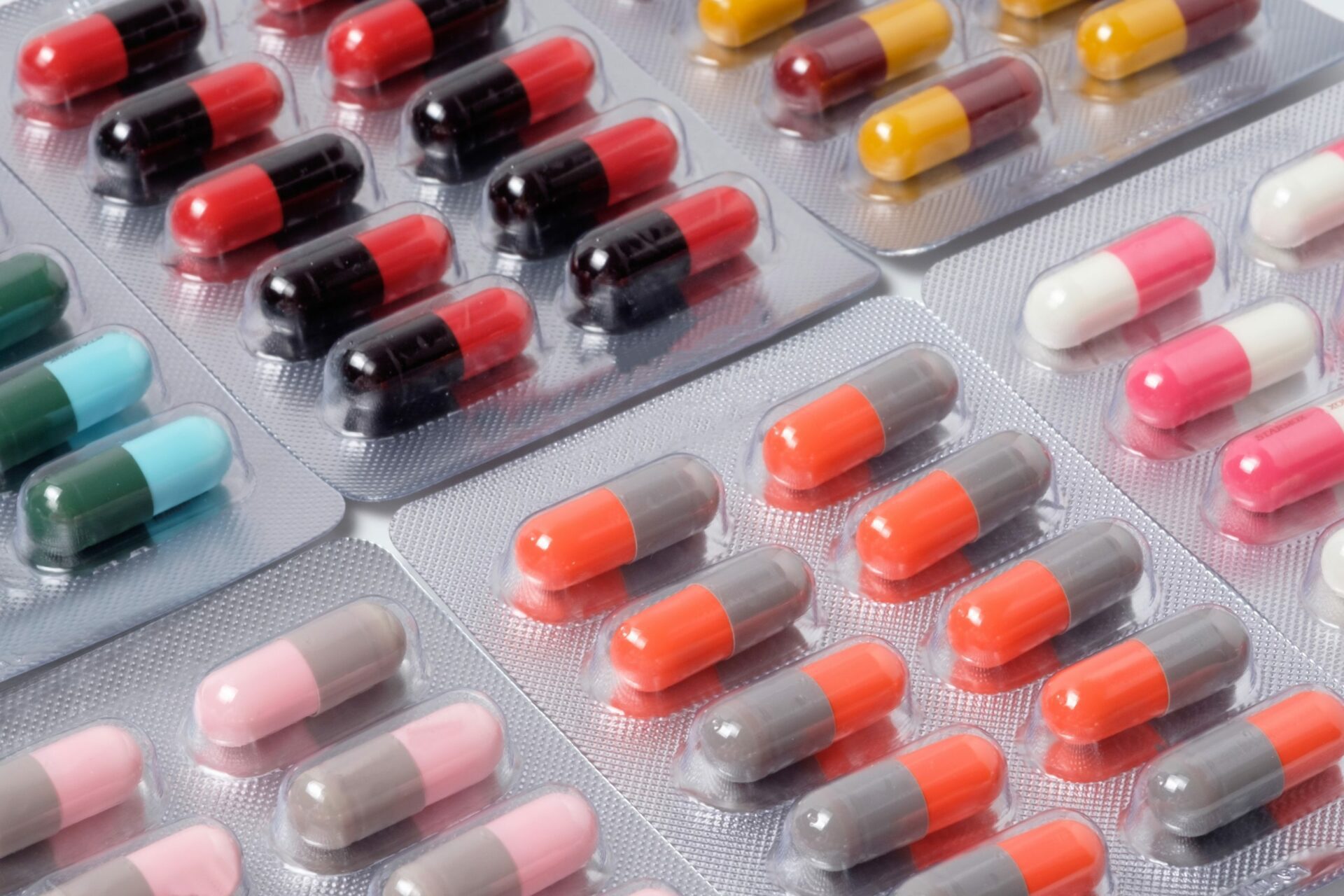
Antibiotic resistance has been around since the discovery of the first antibiotic, and it’s prevalent today. Not all resistance is antibiotic-induced, but the over, and incorrect use, of antibiotics to treat bacterial infections has resulted in a major increase in resistance.
Antibiotic resistance makes it impossible to fight infections with certain types of antibiotics. This results in longer hospital stays, increased follow-up visits, and the use of costly and potentially harmful alternative treatments.
In this article, we’ll take a closer look at antibiotic resistance and its causes and find out what we can do to minimise it.
Antibiotics are a group of medications used to treat bacterial infections. There are many types of antibiotics, including penicillin, vancomycin and methicillin.
Introduced in 1928, penicillin was the first antibiotic discovered and used widely. In 1942, it was used to treat meningitis and in the same year, penicillin-resistant staphylococcus aureus was identified. Since then, two more penicillin-resistant bacteria have been identified.
Antibiotic resistance occurs when infection-causing bacteria and fungi become resistant to the antibiotics used to treat them. It’s important to note that the bacteria, and not the body, become resistant to the antibiotics.
During antibiotic resistance bacteria discover the drug’s mechanism of action and begin to resist it. Ultimately, the bacteria are able to withstand attack by the antibiotic. This means that the medicine no longer eliminates bacteria from the body and the patient remains sick.
Over-prescription of antibiotics leads to large-scale antibiotic resistance as more strains of bacteria become resistant and are passed on to other people in the population. Soon, doctors have to use different, usually more expensive, drugs to treat patients infected by these resistant bacteria.
Each year, 35,000 people out of the 2.8 million people in the US infected with antibiotic resistant fungi or bacteria will die from their infection.
You will have noticed that every time doctors prescribe antibiotics, they stress the importance of taking the entire course of tablets even if you’re feeling better before the packet is finished. This is because even if you are feeling better, some bacteria or fungi remain in your body. These will continue to multiply if the antibiotic treatment is not kept up. If the antibiotics in your body are not at their full strength, these remaining bacteria may become resistant to the antibiotic.
Superbugs are types of bacteria, parasites, viruses and fungi that are resistant to most antibiotics and other medications used to treat them. The term ‘superbug’ was coined by the media; medical professionals tend to call these bacteria ‘multidrug resistant bacteria’. They are partly caused by the over-prescription of antibiotics, as discussed above.
Common examples of multidrug resistant bacteria include:
Although antibiotic resistance is part of the natural evolution of germs, the misuse of drugs has resulted in increased antibiotic resistance. A World Health Organisation (WHO) article on the subject details the ways that various individuals and groups can help minimise the spread of antibiotic resistance. Some of these solutions are summarised below.
There are also notes regarding the correct use of antibiotics in the agricultural industry, including not using antibiotics for growth promotion, using alternatives to antibiotics when available, and only administering antibiotics under veterinary supervision.
How Chemwatch can help
Not all chemicals are made to cure, and we are here to ensure you handle all your chemicals safely. To avoid accidental consumption, mishandling and misidentification, chemicals should be accurately labelled, tracked and stored. For assistance with this, or if you have any questions about the safety, storage and labelling of your chemicals, please do not hesitate to get in touch with us. Call us on (03) 9573 3100.
Sources: